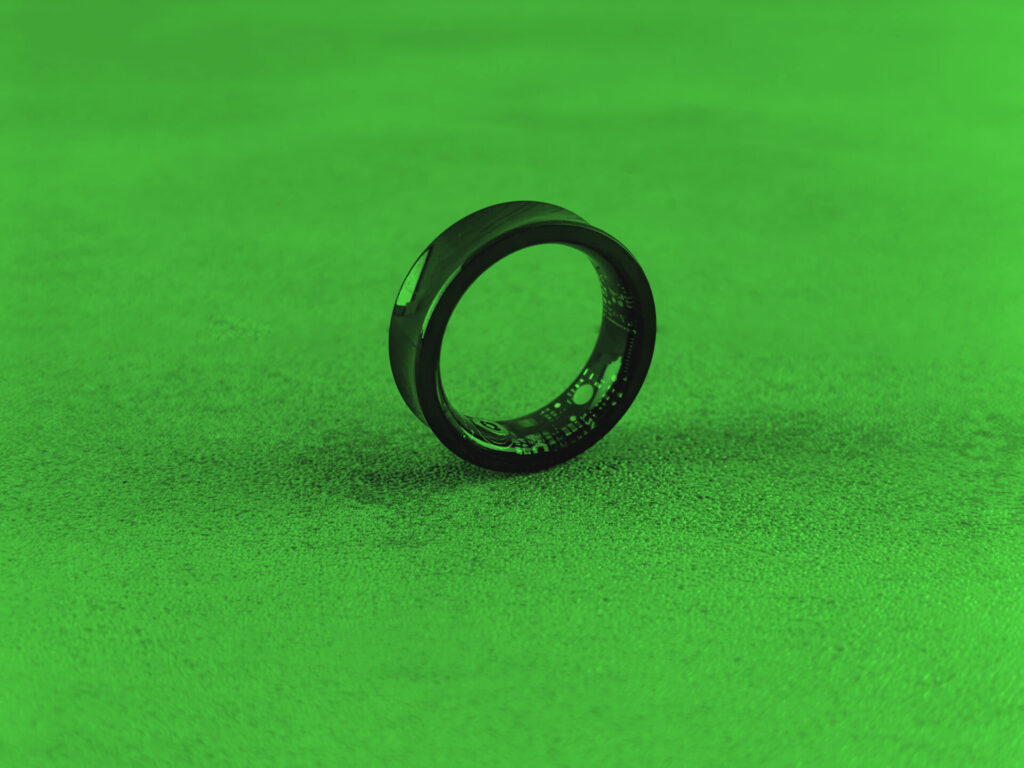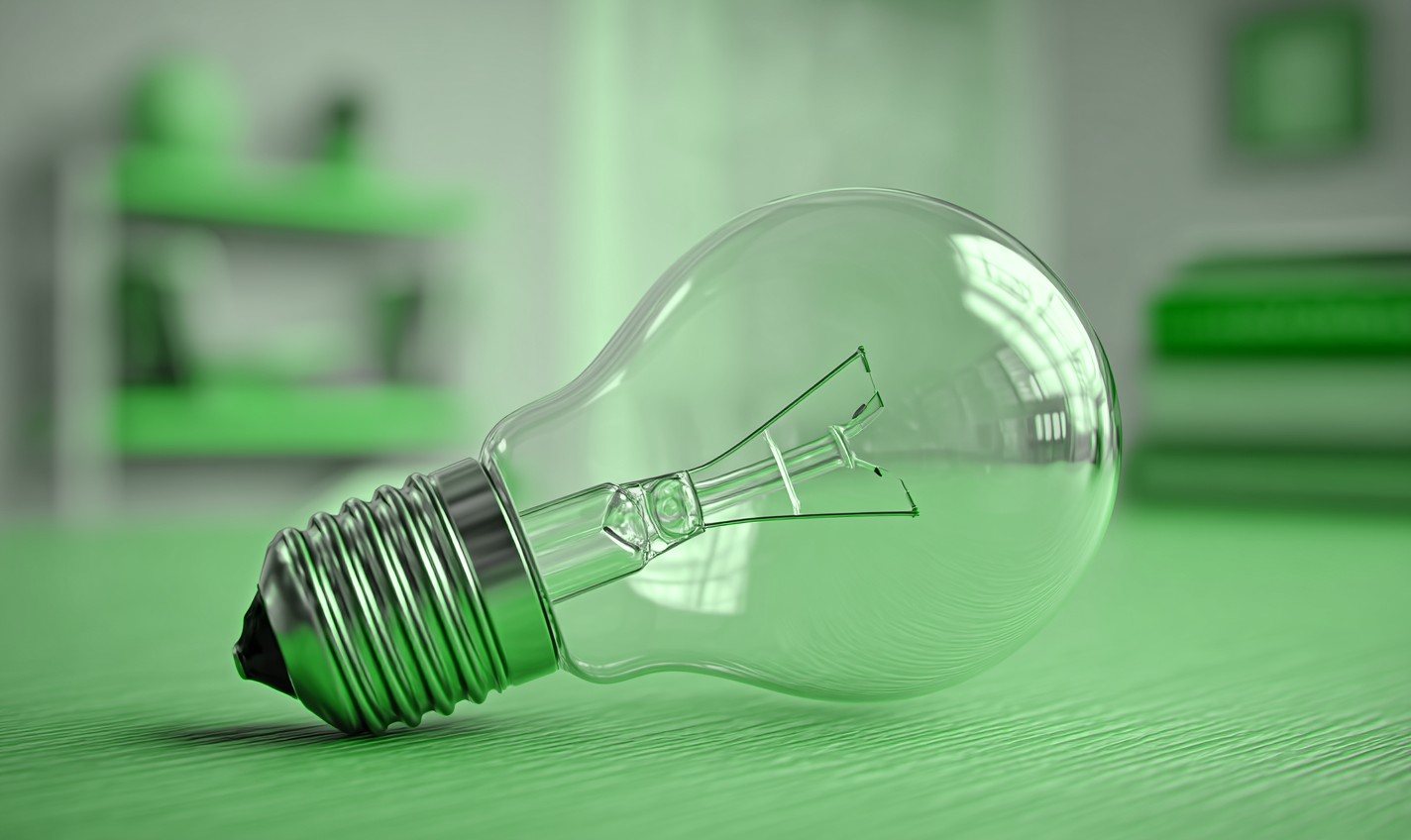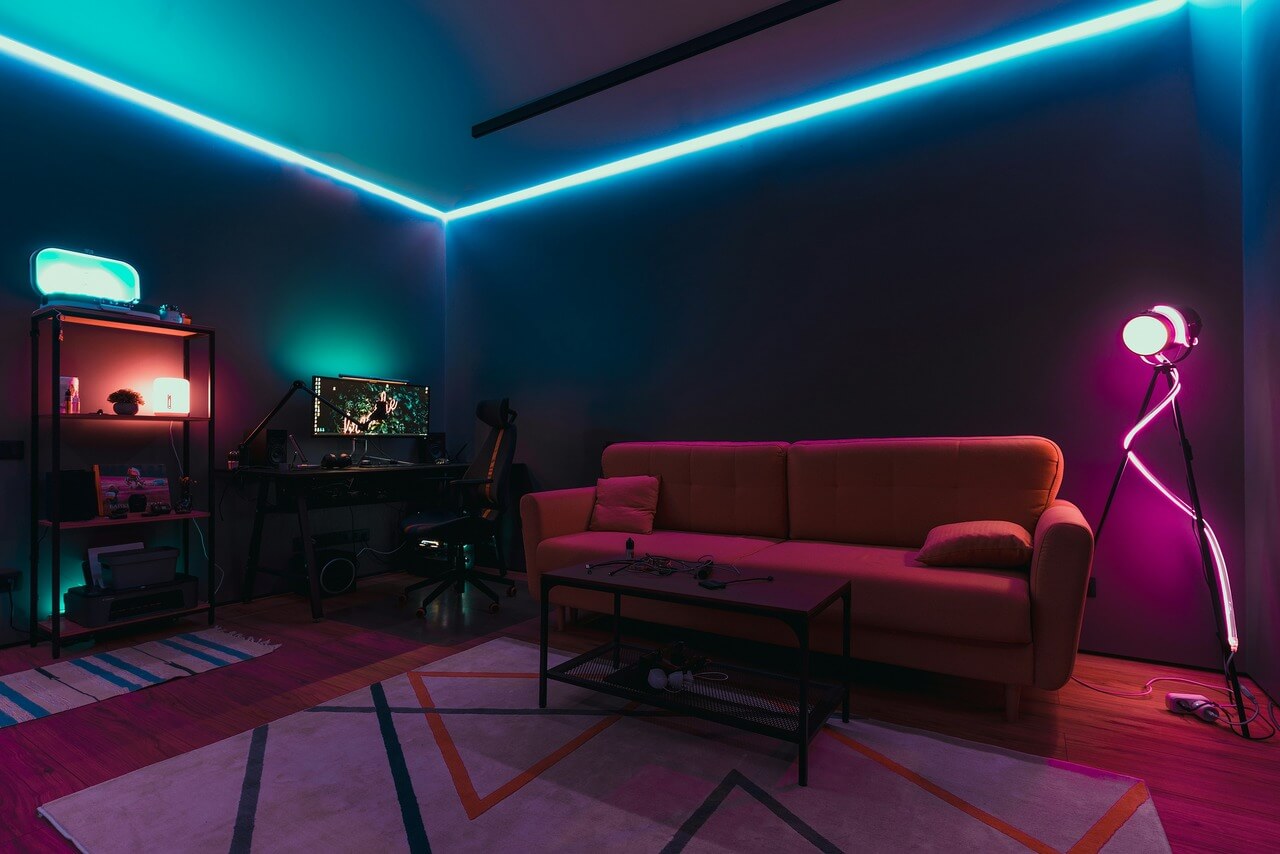We rely on doctors, nurses, therapists and surgeons as much for their bedside manner as for their technical and medical skills. Does technology change anything about this essential dynamic? Does it have to?
If we do it right, the personal touch provided by medical practitioners won’t be lessened or diluted by technology. If anything, greater data mobility and wireless communications will only enhance the current healthcare landscape. The IoT, or the Internet of Things, already has considerable staying power as the future of healthcare takes shape.
Below is a look at five reasons why, and how, healthcare IoT solutions have truly life-changing and even life-saving potential for caring for some of our most vulnerable citizens.
Ambient Assisted Living
In 2015, the Institute of Electrical and Electronics Engineers (IEEE) identified ambient assisted living as one of the most promising healthcare applications for the IoT. This goes beyond the smart thermostats many have at home. Rather, ambient assisted living was designed with elder care and much more detailed situational awareness in mind.
Ambient Assisted Living (AAL) systems call on networks of sensors and worn devices throughout a living space. These networks detect falls, collect and relay health data in real-time and interface with climate control and other devices seamlessly. Then rooms are perfectly air-conditioned when needed and in energy-efficient standby mode if not.
The result is faster notifications for care teams, more proactive interventions and more complete data about lifestyle and habits when both are more important than ever. With living environments that automatically adjust to the condition and comfort of users, seniors can live independently for even longer without worry. This is a great energy-saving tool as well.
From young to old, we know a lot about influence of lighting, temperature, and indoor and outdoor air quality on our brains, lungs and other body systems. Connected technologies will continue to help us fine-tune and automate our living areas according to needs and preferences.
Remote-Operated Surgery
Until 5G, mobile internet didn’t support the speeds and low latency required by remote surgery. Now that 5G provides a way around this limitation, remote robotic surgery is a real thing and a likely sign of things to come.
A surgeon in China showed the potential of such systems in 2019. Using remote-controlled robotic arms and implements, Huiming Guo carried out a successful heart surgery on a patient at Guangdong General Hospital. This occurred from Gaozhou People’s Hospital, some 124 miles away.
The Internet of Things and 5G are a life-changing combination. According to doctors, rolling out this technology more widely would save doctors time and save lives, as well as help meet medical needs in under-staffed and underserved areas of the world.
Complete Asset Tracking
The list of devices with IoT potential includes glucose level monitoring, heart rate and arterial pressure gauges, oxygen level and pulse monitors and many others. Whether for short-term ailments or reporting on chronic conditions, devices like these represent an investment in life-sustaining technologies.
The IoT provides new device-level tracking technologies so that patients, clinics and hospitals can maintain perfect visibility and detailed chains of custody for their devices. Wi-Fi, Bluetooth Low-Energy and Zigbee are examples of wireless protocols in use by medical device manufacturers today.
In healthcare facilities, knowing where a tool is located at a moment’s notice can save lives.
Along with real-time tracking, the IoT also provides geotagging capabilities. Caregivers can set outer boundaries for younger and older patients in recovery or treatment. Then, wearable devices can automatically alert caregivers or staff if the patient leaves the pre-set area.
This example in particular shows how humanizing technology can be. With geotagging, human interactions become more timely, targeted and supportive of patients’ real needs.
Mental and Behavioral Telehealth
Mental health is a tragically overlooked area of medical need. According to any number of studies, a lack of access to trained personnel is the top reason why mental healthcare is now a public crisis in the United States.
The Internet of Things can help solve this treatment gap by providing easier audio and video connections between doctors or treatment staff and patients through the use of smartphones or standalone cameras.
Telehealth is about more than webcams, however. As remote counseling services work to negate geography and close the treatment gap, further IoT investments can ensure patients take their prescribed medications on time and as directed. Smart labels and packaging are one example. They can provide medication reminders, alerts for errant dosages and effortless reordering when supplies run low.
Smarter Implants and Prosthetics
Even wheelchair use and management benefits from the IoT. Negating vibration in real-time, monitoring the user’s vitals and rating one’s surroundings for accessibility are all practical and near-future applications for IoT and big data technology.
With the right ground-up focus on cybersecurity, the Internet of Things stands to revolutionize the world of medical implants, too. Heart monitors with IoT connectivity improve response times for cardiac events. The IoT even provides data capture and analysis of epileptic episodes that’s just as valuable as analysis by neurologists.
Smart tattoos are another promising angle for IoT-based prosthetics. Smart tattoos are thin, flexible membranes that withstand a similar range of forces as human skin. With them, doctors can equip patients with unobtrusive heart arrhythmia monitors, sleep disorder monitors and even tools for monitoring pregnancies.
The IoT-First Future of Healthcare Solutions
For a glimpse of just how mainstream healthcare IoT solutions have become, we have research. In a Gartner poll of 511 IT managers from U.S.-based businesses, 86% of respondents from the healthcare sector reported that the IoT is already supporting “most” business activities at their enterprises.
Improving the capacity of healthcare infrastructure and the accuracy and timeliness of medical interventions is an extremely worthy use of technology. With the IoT, healthcare facilities large and small will have the solutions they need to need to meet short- and long-term challenges and close longstanding treatment gaps.
Recent Stories
Follow Us On
Get the latest tech stories and news in seconds!
Sign up for our newsletter below to receive updates about technology trends




